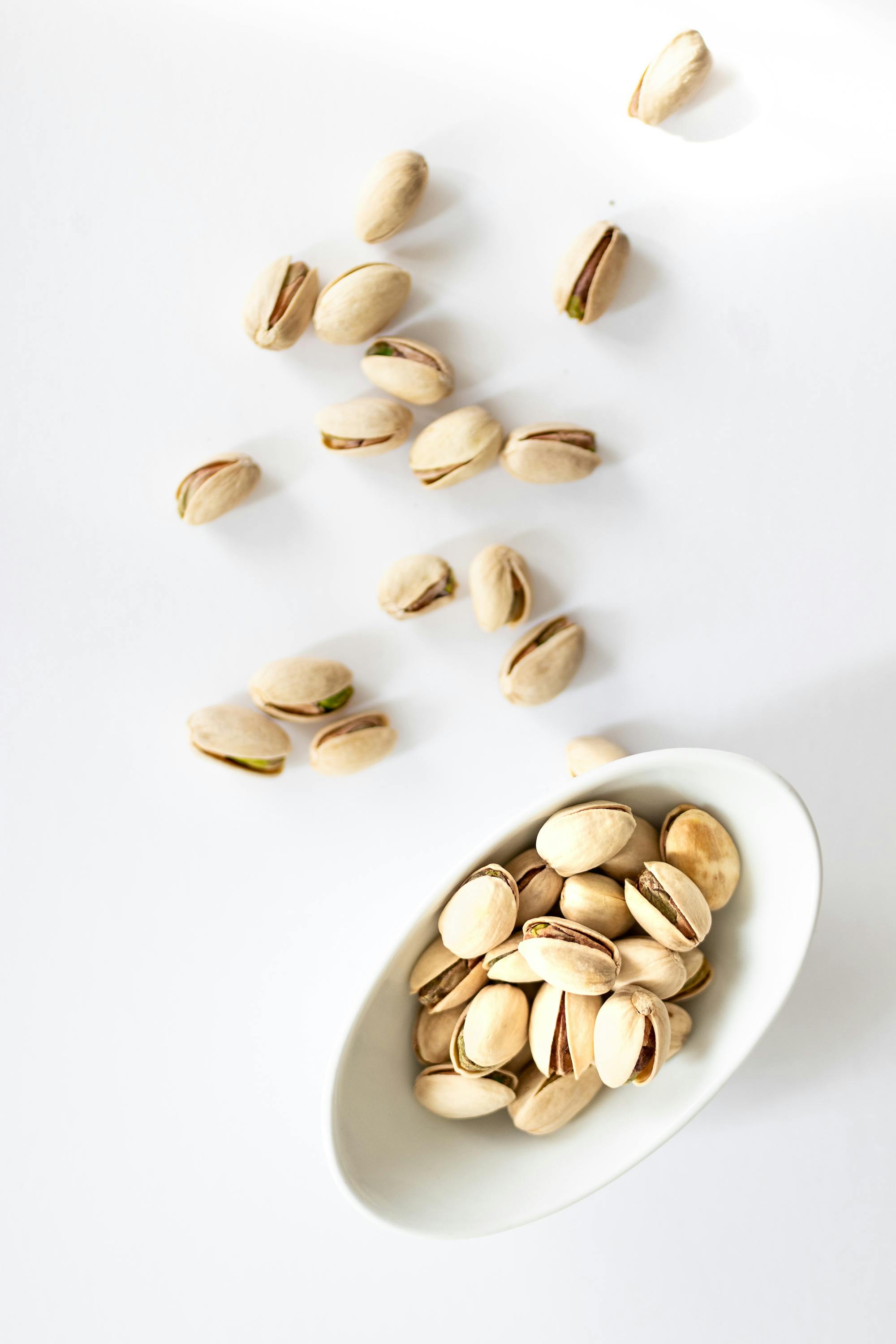Native to Iran, Afghanistan, and parts of Central Asia, pistachio trees were first introduced to Europe by the Romans in the first century AD. However, archaeological evidence indicates that the seeds have been consumed as far back as 6750 BCE. Pistachios appear in the Book of Genesis and the writings of Dioscorides and Pliny the Elder.
Today, global pistachio production is nearly 2 billion pounds, with Turkey, Iran, and the United States representing the lion's share. Far lower in quantity but prized for high quality, Italy's Pistacchio di Bronte from the Sicilian town of Bronte is DOP-protected and a popular ingredient in regional recipes ranging from sweet to savory.
I recently corresponded with Simona and Cristina, the dynamic duo behind The Spaghetti Sisterhood, who have family involved in pistachio production. The Italian-born sisters shared more about these culinary nuts, providing insight into pistachios' role in Sicilian cuisine, sourcing tips, their signature pistachio cream (and favorite way to enjoy it), and more!
Tell us about pistachios' significance in Sicilian cuisine.
We come from a small city in Sicily very close to Bronte, the land of pistachios. A lot of people would argue that a big part of the production of Bronte's pistachio actually happens on adjacent territories, most of which are in the small city we come from. Aside from this, though, pistachios have always been such a spectacular ingredient to work with, and they are so versatile we just love them: savory and sweet alike, these are just a focal part of Sicilian cooking because of the various influences over the years from different cultures and such.
What are some traditional Sicilian dishes that feature pistachios?
From the granita to paste di pistacchio and savory dishes like arancini and pasta, these are some of the most traditional dishes you can replicate at home with pistachio. But less traditional, yet delicious stuff like the pistachio cream is what people love nowadays, so you gotta give people what they love!
Pistachios by Paul Wence
How do you source your pistachios, and what should people look for when buying them?
We are lucky enough to have family producing pistachios, so we get to buy them from them, but their production is quite a small one, and considering harvesting happens every other year, we tend to have to source from other people around our small city. We do end up buying from vendors on the street as well. When we do so, we have had the pleasure to discover most differences between, say, the Iranian pistachio and the Sicilian one: the size and color matter more than we ever expected, given that the Sicilian pistachio is smaller, chunkier, and a less bright color than the Iranian counterpart, which is slightly slimmer, longer and more bright.
Tell us about your pistachio cream recipe and how you use it.
This recipe for pistachio cream was passed on to us by our aunt, who loves cooking as much as we do. I guess you could say we have it running in the family! We have used it in different ways, including as a base in a granita, but our favorite way is as a spread over pandoro. Or even, by the spoon, straight from the jar—we gotta admit it.
Do you have tips for home cooks who want to incorporate pistachios into their cooking?
Pistachios work on so many dishes; you just have to try! From salad toppings to creams and anything else in between, you just have to add them. The flavor is delicate and will never overpower any other ingredient in your recipe in any way.
What do you hope people take away from your recipes?
We would love for people to learn something from our recipes, whether that's about a culture they just love or one they descended from. We try and make them as easy as it gets so that everyone can replicate them.
If you enjoyed this article, consider subscribing to my newsletter for more content and updates!

